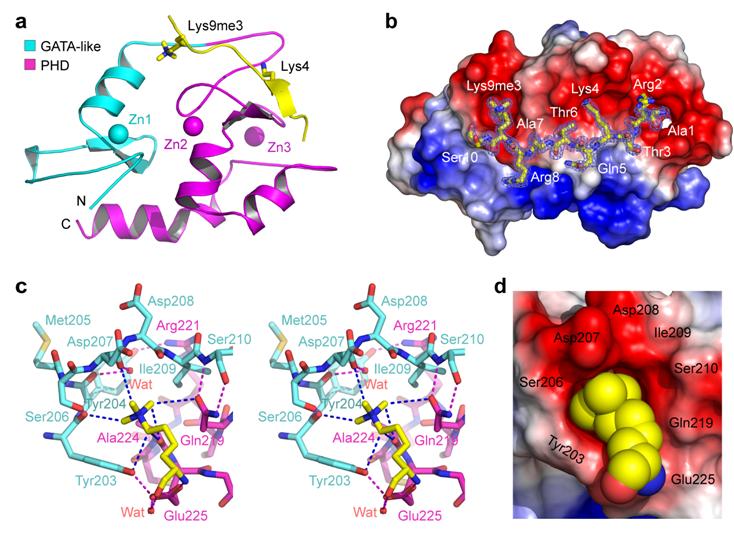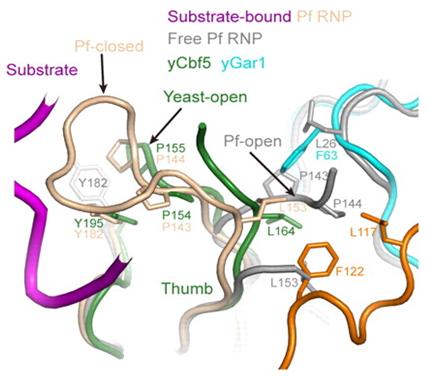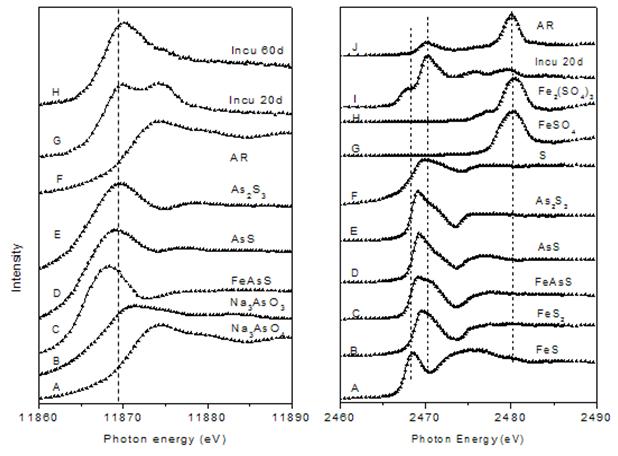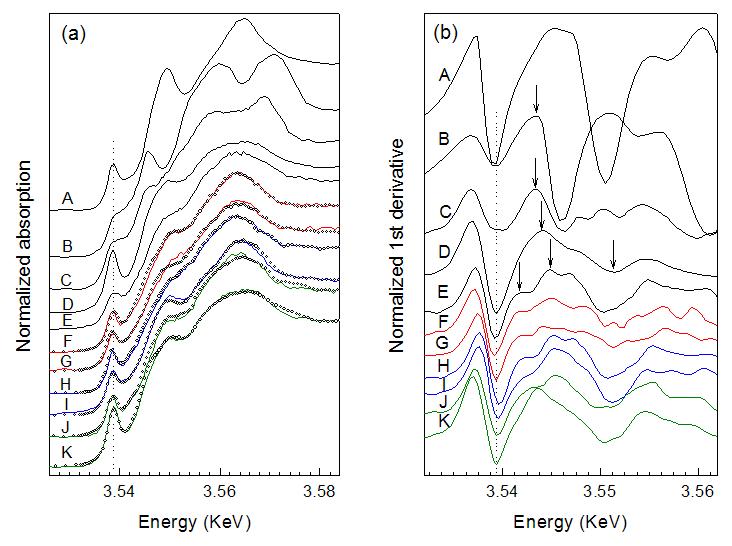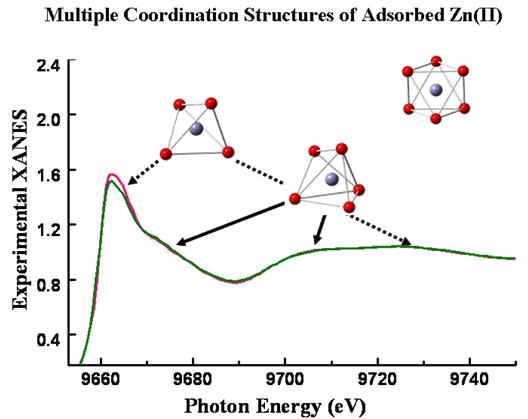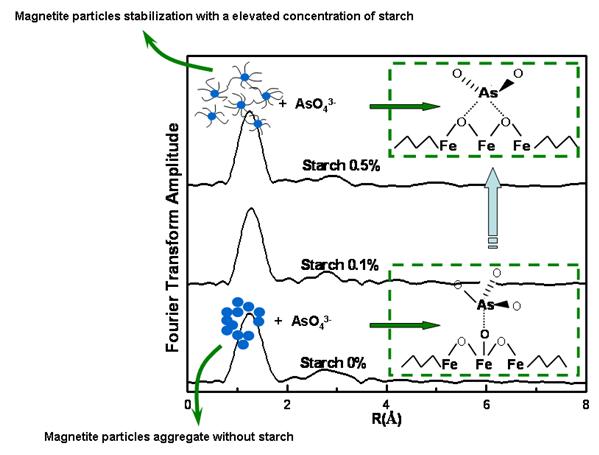
News and Events
Science Highlights
Home /
|
|
|
ATR-X (alpha-thalassemia/mental retardation, X-linked) syndrome is a human congenital disease whose clinical manifestations are α-thalassemia and mental retardation. Approximately 50% of the missense mutations in affected persons are clustered in the ADD (ATRX-DNMT3-DNMT3) domain of the syndrome’s key gene ATRX. However, the function of ATRX ADD (ADDATRX) domain has remained elusive. In collaboration with Dr. Y...
|
|
|
|
Box H/ACA RNA-protein complexes (H/ACA RNPs) are ancient molecular machines conserved from archaea to eukaryotes that mediate pseudouridine synthesis, eukaryotic ribosome biogenesis and vertebrate telomere formation. Although studies of archaeal H/ACA RNP has led to a rather detailed understanding of its structure and mechanism of action, the assembly and architecture of eukaryotic H/ACA RNP remain unclear. The la...
|
|
|
|
In present work, the fate of arsenic was discussed based on quantitative analysis of aqueous and solid arsenic and iron, and qualitative characterization using X-ray absorption near edge spectroscopy (XANES). It is proposed from XANES evidence that orpiment-like mineral is the major As sulfide phase precipitated. This indicates that the arsenic in offshore sediment has undergone a transformation process from oxyhy...
|
|
|
|
Cadmium (Cd), as a highly mobile and toxic trace element, has been exerting a great pressure on environmental safety due to its increasingly higher input flux from anthropogenic sources. Appropriate remediation technologies for the contaminated environments become necessary. It is known that the fate of Cd is controlled by its sorption reactions and speciation in the environment. Therefore much attention has been ...
|
|
|
|
The local structure of aqueous metal ions on solid surfaces is central to understanding many chemical and biological processes in soil and aquatic environments. Differences in surface coordination structure may greatly affect the local chemical properties, long-range interactions, surface reactivity, and bioavailability of metal ions in the aquatic environment. Conclusive diagnosis of the surface coordination stru...
|
|
|
|
Magnetite (Fe3O4) nanoparticles have shown great potential for sorption of arsenic in contaminated soil and water because of the small particle size, large specific surface area, and high sorption capacity and affinity. To prevent nanoparticles from aggregating, and thus, to enhance sorption capacity and soil deliverability, starch has been chosen to act as a stabilizer in preparation of the Fe3O4 particles. Howev...
|

Copyright © 2011 - 2012 Beijing Synchrotron Radiation Facility

